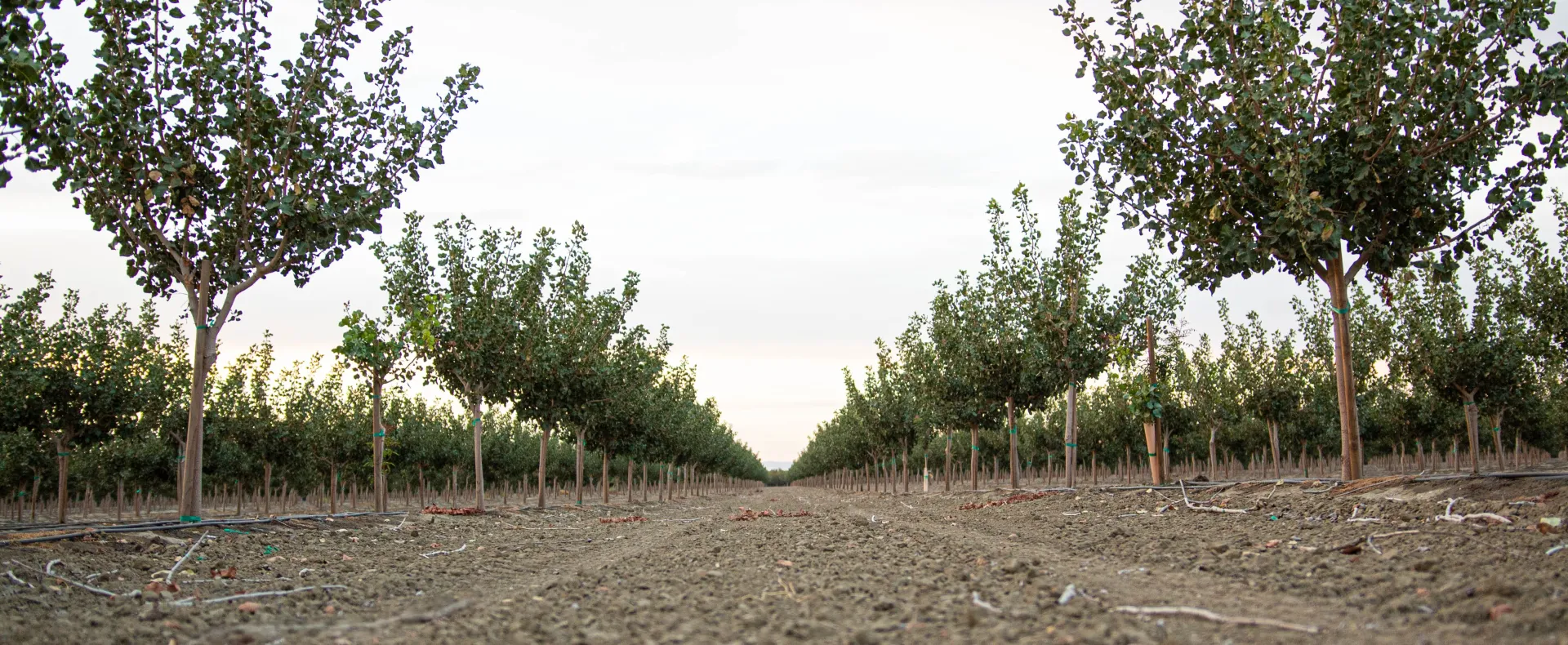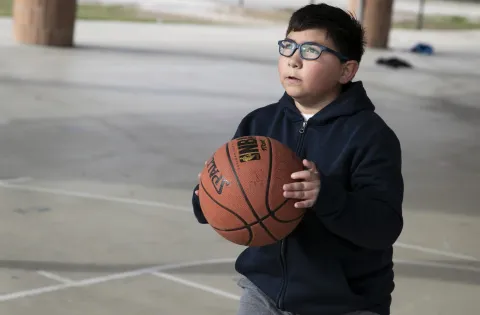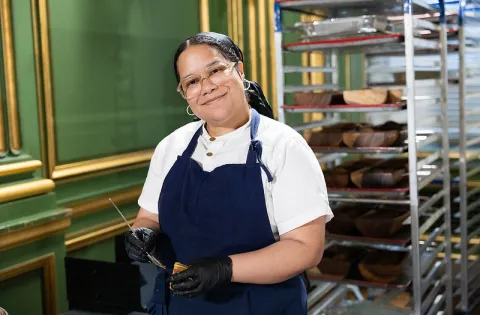The classrooms are colorful and filled with joy. It’s early so most kids are sleepy, but even then, you can feel the excitement of having the first meal of the day. You hear laughs, packages opening and apple crunches.
Working for No Kid Hungry and visiting schools around the country, I was able to witness breakfast in the classroom changing lives in the Coalinga-Huron Unified School District in California. I had previously talked to Chris Kuchman, the food service director, who told me how when she implemented the program earlier this year, the number of kids eating breakfast in school grew more than three times.
But behind the numbers, there are kids, families, teachers, cafeteria staff and stories that opened my eyes to the need but showed me the hope that this problem can be solved.
The Need
Coalinga and Huron are two small cities in the San Joaquin Valley, only three hour drives from LA and San Francisco. You see mountains in the distance, fields of almond and pistachio trees and oil rigs in the dry soil that surrounds the community. Even though they produce food that ends up on the shelves of millions of people in the world, many people in the community are struggling.
The stories were many and heartbreaking.
We met a young couple who moved from San Luis Obispo looking for more affordable housing. They lost their jobs during the pandemic and it has been challenging to come back and be able to sustain their five children.
They have big dreams and hopes for their kids. I loved hearing the mom and dad talk with pride about their elementary-aged kids, Ariellea and Jason, about the art they made, their personalities and how they did in school.
In these challenging times and with prices of everything increasing, they have had to make many sacrifices. The dad spoke about the many times he had to skip meals to ensure there was enough for his kids.
Ms. Hobbs, a first grade teacher, also shared with us a story of a little girl in her class who was attached to her and followed the teacher everywhere. The teacher shared that every day she could hear her student’s stomach rumbling. “The sound of hunger,” she shared, wiping tears off her face.
I’ve been working for the No Kid Hungry campaign for over two years and have heard dozens of people share their stories. But it never gets easier. Hunger is a real problem for kids and families in this nation, and it shouldn’t be this way.
…and hope
I was lucky to see many people who look at this problem and agree that something needs to be done.
Breakfast in the classroom seemed like a scary concept for teachers, cafeteria staff and administrators. It means more work and new processes, but everybody in the community knew that if it made a difference in the kids, it was worth it.
We met a cafeteria lady, Ms. Stephanie, who understands what it’s like to grow up in need. She had a bubbly personality and spoke with pride of her job as she packaged breakfast for 800 students. Early mornings and long hours won’t keep her from smiling!
Teachers like Ms. Hobbs or Mr. Mendez created magical classroom environments filled with love for their kids. Entering Ms. Hobbs' class was like entering the world of Harry Potter; there were flags of Slytherin, spooky Halloween decorations and, of course, snacks for kids. Mr. Mendez infused his students with a sense of pride for who they were. He is a Spanish speaker role model many kids can relate to.
And then I saw how the No Kid Hungry work went beyond our essential grants that funded the coolers and trash cans to make breakfast in the classroom possible. Evette Tovar-Lugo, serves as No Kid Hungry program manager in the region. Her and Chris Kuchman joked and teased each other constantly like good friends. But behind all the fun, there is constant collaboration, planning and support.
I saw Evette, Chris and Lori, the superintendent, plan ahead about the implementation of additional meals for kids. They talked about future challenges and how to ensure every kid in their community had the meals they need to become that artist, that doctor, that cafeteria worker who is making a difference in the future.
The work we are doing matters and it’s truly impacting kids like Jason and Ariella.



